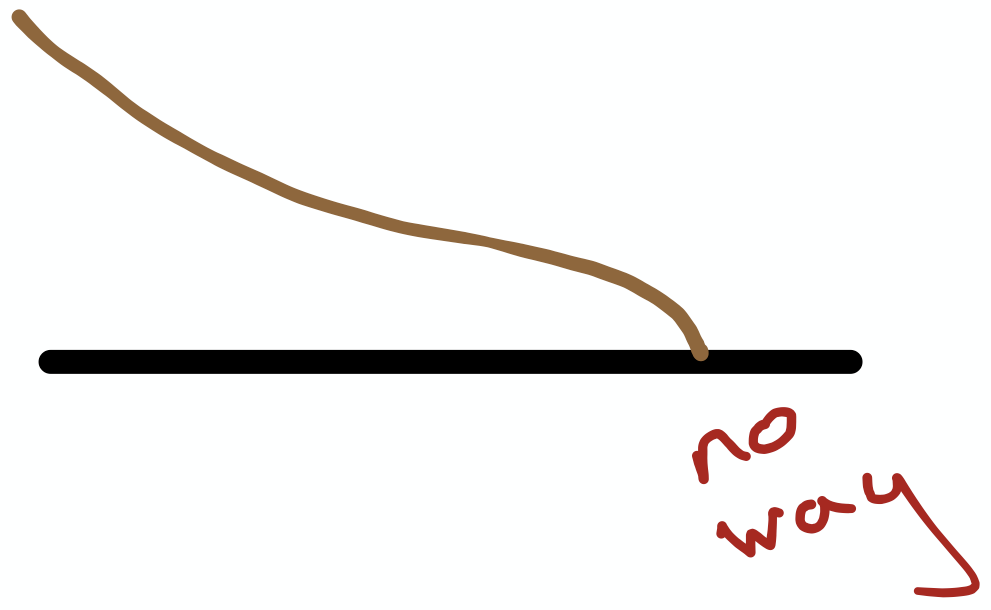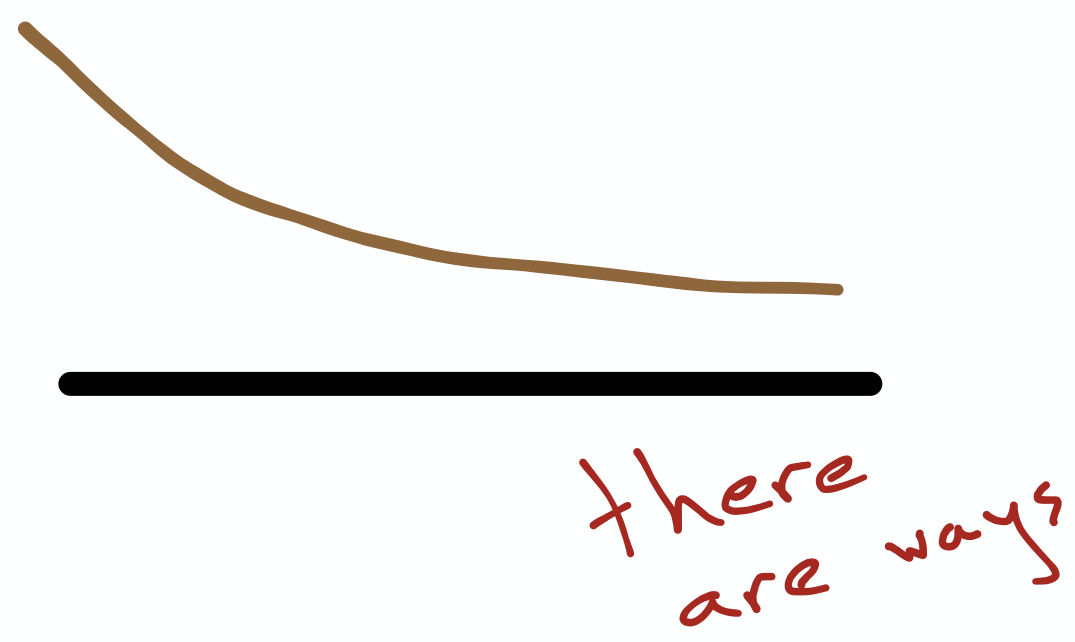Do you have a model predicting >1% chance of significant political violence (>5,000 deaths) in the US in the next year? Pls share.
Also welcome: models predicting <.1%
Metaculus has been walking around 1-5% probability of a US civil war before July 2021. While 1% is the lowest probability one can give on Metaculus, rumor has it some reasonable people put more than 1% probability of significant political violence (SPV) happening.
I am[was] confused about this, and want[ed] to get a better sense of what models lead people to assign credence on this order of magnitude.
[it turns out this exercise led me to no longer feel disbelief, but I'm preserving it below. See Changing My Mind for my update]
My model borrows a bit from Samo Burja's civil war typology and goes something like: "while there's some probability of small-scale violence (e.g. a few hundred deaths from scattered violence), there simply doesn't exist the mechanisms for SPV". In my mind, mechanisms include:
- Military: e.g. military vs. government (coup), military vs. military (split along e.g. leadership lines), or a weak/disorganized military that doesn't withstand a revolutionary offensive. I don't see any of this happening with the US military (e.g. <.01%). ThirdEyeOpen on Metaculus outlines cases where the military 'sides' with the democrats or republicans, which blows my mind. Is this a blind spot for me? Is there some small chance that any coherent part of the military defects in this way?
- State (proxy wars): Both sides of a conflict having support from states. I guess there's some 'foreign interference' in our politics already, but if I'm Russia I really don't want to get caught supplying significant amounts of money/training/arms to insurgent groups in the US. That feels like much more risk (to Russia) than the incremental gain. But maybe there's some situation where it's worthwhile? Seems pretty close to WWIII, but I guess that's tail risks?
- Insurgency: I currently have this as a large bucket that spans from haphazard terrorism to organized attempts to replace the government. It seems like the US might experience some things on this scale, but how far? I’m having a hard time imagining violence worse than e.g. The Troubles. What am I missing here? Maybe it's easier to kill more people these days? Is the main concern effective terrorism from a few actors, or more like thousands of insurgents? Because organizing insurgents requires a bunch of stuff...
Changing My Mind
So I started to read about insurgencies, specifically looking for the kinds of qualities that give insurgencies 'oomf'. I felt confident that US extremist groups didn't have these qualities, and if I kept reading about insurgencies (e.g. by skimming articles in Wikipedia's list of revolutions and rebellions) I would find them. I was roughly right, but in the process of articulating these qualities and digging into the specific messy ways insurgencies go, my curve of ways-things-could-go-in-the-US started to change:


(where SPV lies further to the right)
Looking back, I think my model was something like:
- There are a bunch of prerequisites to SPV.
- We are missing too many prereqs and they are too difficult to reach from here. It would be like threading 6 needles in a single go.
Now my model is something like:
- Prereqs can snowball, and the US has some proto-prereqs.
- The political violence nerds think it's possible (if unlikely)
I'll add an answer below for more detail on my model.
Feely feelings
N.B. I'm not sure why I included this section... maybe I think other versions of myself would benefit from knowing that the inside experience of writing/researching/mind-changing is a feeling-heavy process.
There were at least three occasions where I sat down and tried to write down the gears of my own model so that I could make it abundantly clear why 1% chance of civil war was loony. The first two times I got increasingly irritated, like: why am I doing this? This is such a waste of time, it's just so obvious that this is not something to worry about. I'm having a bad experience, and also this is probably just making my life worse by taking up time and making me worry about things that don't need to be worried about. I'm just at a complete loss about what would cause people to believe civil war is possible, it feels like the burden of proof is on them. Why do I need to build these complicated models myself?
"Because a few reasons" went the response "but mostly I'm feeling a kind of feeling... a feely feeling... I'm not sure what it means but I have a suspicion that following it will lead to some cool discovery like:
a) a useful implicit model
b) the reason why people believe there might be SPV
c) actually changing my mind
And regardless, I'll get a better sense of what's up with this feeling."
Often times the feeling was demotivating, so the first two times I gave up / respected the feeling. The third time it led me to drafting the post above, and then shifted (like the felt shift in focusing) when I was reading about insurgencies.
some models against things getting worse
according to Ward et al’s model ↩︎
I think a parliamentary democracy would probably be better, but still ↩︎
Ward et al used infant mortality rate to track this ↩︎
‘Excluded Population’ (large slices of the population excluded from political access) is by far the biggest factor that predicts conflicts in their model. I think political representation is the rough opposite, and that the US is doing pretty on the front, compared to e.g. 55 years ago when plenty of folks couldn’t vote. ↩︎
I could only find one instance (although RAND says there are two) of something approximating a civil war in a developed country since 1945: The Troubles in Ireland. That’s out of >127 civil wars that killed at least 1,000 people. Fearon and Laitin: “for any level of ethnic diversity, as one moves up the income scale, the odds of civil war decrease, by substantial factors in all cases and dramatically among the most homogeneous countries. The richest fifth is practically immune regardless of ethnic composition” ↩︎
Going up against the most respected US institution is rough if you need recruits and the support of locals. ↩︎
My current guess is the US military would be especially effective at counterinsurgency in the US: shared language & culture with the locals, better command & control (compared to e.g. cooperating with foreign militias), and probably less political quagmire due to fewer governments at play. Although politics could make things very hard, e.g. blowback when fellow Americans get caught in the crossfire. ↩︎
The Portland protest shooting is the only far-left death in the past 20 years according to New America. There’s also plenty of ~anarchists that don’t fit cleanly in a left/right bucket, like the Michigan folks. ↩︎
While the Voter Study Group has some fraction of voters feeling violence is ‘justified’, it’s not clear what this means. The steady decline of violent crime still feels pretty compelling. Perhaps the definition of ‘violence’ is shifting away from ‘killing people’ towards ‘punching people’? While people might feel it’s justified, would anyone actually commit violence? ↩︎
I’m pretty unsure, but it would probably fall in ITAR/OFAC violation territory, which involves million dollar fines, frozen assets, and decades in prison. Banks are allergic to people/orgs remotely associated with terrorism, because the Treasury can invoke §311 of the Patriot Act to cut the bank off from the financial system. Oh and you might lose nonprofit status. ↩︎
See e.g. the CIA's Guide to Analysis of Insurgency or RAND’s How Insurgencies End ↩︎
to get to the same per capita rate as The Troubles we would be losing ~50,000 people per year to political violence (Troubles had ~250 deaths per year in the 70s with a population of ~1.6m, scale that up to a 328m population and you get ~51k). Though many other insurgency conflicts had lower deaths per capita. ↩︎